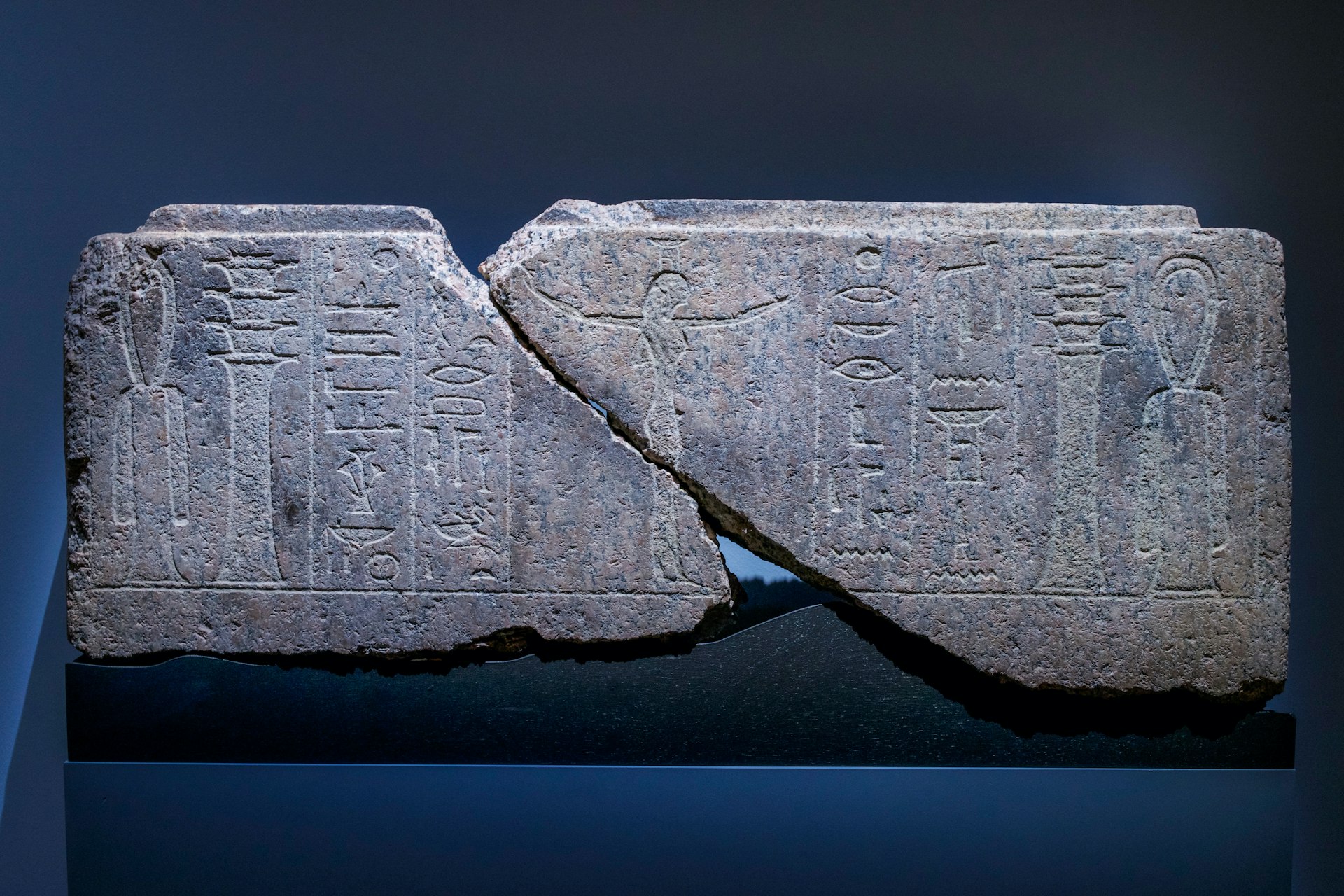Unveiling the Hidden History: Secrets of Medieval Architecture Revealed

Photo by Snap Wander on Unsplash
Introduction: The Mystery Beneath Medieval Stone
The Middle Ages conjure images of towering castles, imposing walls, and intricate cathedrals. Yet, beneath the visible grandeur of medieval architecture lies a complex world of hidden history-secret passages, ingenious defensive mechanisms, and enigmatic chambers designed for purposes far beyond mere aesthetics. These concealed features not only shaped the daily lives and security of medieval societies but continue to fascinate historians and enthusiasts alike. This article explores the practical secrets, historical context, and actionable steps for uncovering the true legacy of medieval architectural ingenuity.
Secret Passages and Hidden Chambers: More Than Legend
For centuries, stories of secret tunnels and hidden rooms in medieval castles have fueled the imagination. Far from myth, these features were common and served vital functions. In many castles, hidden passages allowed inhabitants to move unseen during sieges, escape danger, or secretly transport supplies. Some routes were so well-concealed that modern renovations still uncover previously unknown tunnels and chambers [2] . For example, in certain European castles, subterranean tunnels led out beyond fortress walls, enabling defenders to escape or bring in reinforcements during prolonged assaults [3] .
These secret spaces went beyond mere escape routes. Some hidden chambers stored important documents, treasures, or sensitive items, protected behind cleverly disguised entrances such as false walls or trapdoors. In rare cases, these spaces have yielded surprising finds-like the discovery of hundreds of gold coins hidden for centuries within a French castle wall, only uncovered during restoration work [3] .
If you want to explore such features, consider visiting well-preserved castles that offer guided tours focused on architectural secrets. Searching for “castle tours with hidden passage access” or contacting local heritage organizations can help you find opportunities to experience these clandestine corridors firsthand.
Defensive Innovations: Architecture as a Weapon
Medieval architecture was defined by its dual purpose: providing comfort and demonstrating power, while also offering formidable defense. Behind the romantic image of castle turrets and thick stone walls lay a host of defensive innovations designed to thwart invaders. For instance, moats were not just decorative; they served as barriers to tunneling and direct assault. Some moats were constructed between concentric rings of walls, invisible from the outside and complicating any attempt at infiltration [1] .
The main gate was another architectural marvel. Typically, it led intruders into a small, enclosed courtyard-a deliberate trap. Attackers who breached the outer door would find themselves enclosed, with defenders able to attack from above through “murder holes” in the ceiling or walls, making escape nearly impossible [1] . Iron portcullises, hidden defensive slits, and high-placed arched windows further complicated any assault, while providing strategic vantage points for defenders [3] .

Photo by Manuel Torres Garcia on Unsplash
To learn more about these designs, you can consult architectural history books or visit academic websites dedicated to medieval studies. Searching for “medieval defensive architecture” in institutional libraries or museum databases will yield detailed diagrams and case studies.
Social Engineering: Spaces for Power and Privacy
Medieval castles were as much political centers as military fortresses. Their architecture reflected a hierarchy where space and access signaled power. The great halls, for example, hosted feasts and legal proceedings, where seating arrangements indicated status-sitting closer to the Lord was a coveted sign of favor [3] .
Less obvious were the listening posts and concealed observation points. Some castles incorporated tiny holes or decorative wall carvings that allowed sound to travel to hidden rooms, where lords or their trusted aides could monitor conversations without being seen [3] . This architectural eavesdropping provided a strategic advantage in times of intrigue or negotiation.
For those interested in experiencing these features, museums and heritage sites sometimes offer interactive exhibits or reconstructions. Search for “interactive medieval castle exhibits” or “medieval architecture museum tours” in your region.
Dungeons and the Architecture of Fear
Beyond defense and luxury, medieval architecture had a darker side. Dungeons were carefully designed not just for confinement, but to inspire fear and maintain control. The use of narrow corridors, vaulted stonework, and windowless chambers heightened the psychological impact on prisoners and reinforced the authority of those in power [4] .
Some dungeons included oubliettes-deep, narrow pits accessed only through a trapdoor-where prisoners could be abandoned and forgotten. This architectural cruelty was intentional, making punishment a visible and feared element of medieval justice [4] . Today, many of these spaces remain off-limits to the public, but some museums and historical sites offer virtual tours or detailed replicas. Searching for “virtual medieval dungeon tours” can help you experience these chilling environments safely and educationally.
Hidden Utilities: The Practical Side of Secrecy
Medieval architecture also hid practical features. Bathrooms (often called garderobes) were cleverly built into castle walls, with waste dropping straight down to moats or pits below. Wealthier residents used wool or hemp for hygiene, while others relied on whatever was available [3] . These spaces, along with hidden food storage rooms and supply tunnels, ensured a castle could withstand long sieges while maintaining sanitation and morale.
In some castles, secret gardens or secluded courtyards were accessible only to select inhabitants. These provided not just respite, but also a safe meeting space away from prying eyes [2] .
If you are interested in learning more about these aspects, consider attending academic lectures, joining history forums, or exploring published research on medieval daily life. University open courses and public talks often delve into the practicalities of hidden architecture.
Modern Discoveries and Ongoing Research
Despite centuries of study, new secrets continue to emerge. Advances in radar and non-invasive scanning have revealed previously unknown rooms and passageways in ancient castles, confirming that much of the hidden history remains to be discovered [3] . Restoration projects often yield new insights, from lost artworks to forgotten structural innovations.
To stay updated on these developments, you can subscribe to academic journals, follow history news platforms, or join historical societies. Searching for “latest medieval castle discoveries” in reputable news outlets or university press releases will help you access current findings.
How to Access More: Step-by-Step Guidance
For those eager to explore the hidden history of medieval architecture:
- Identify reputable museums or heritage sites in your region that focus on medieval history. Use search terms like “medieval castle tours” or “interactive medieval exhibits.”
- Contact local historical societies for information about guided tours, lectures, or workshops on medieval architecture.
- Utilize online resources from established academic institutions. Look for free online courses on medieval history or architecture offered by universities.
- If you wish to experience virtual tours, search for “virtual medieval castle tour” or “3D medieval architecture walkthrough” from established platforms such as national museums or major universities.
- To engage with other enthusiasts, join online forums or social media groups dedicated to medieval studies and architecture. These communities often share news of discoveries and opportunities for in-person or virtual exploration.
If you are unsure where to start, consider reaching out to your local library or university history department for curated resources and recommendations. Always verify the credibility of any organization or website you use for research or tours.
Key Takeaways
The hidden history of medieval architecture is rich with ingenious design, secret spaces, and innovative solutions to the challenges of the era. From covert passages to psychological warfare, every stone tells a story waiting to be uncovered. By following the steps above, you can begin your journey into the mysterious world beneath medieval stonework-whether in person, virtually, or through scholarly research.



